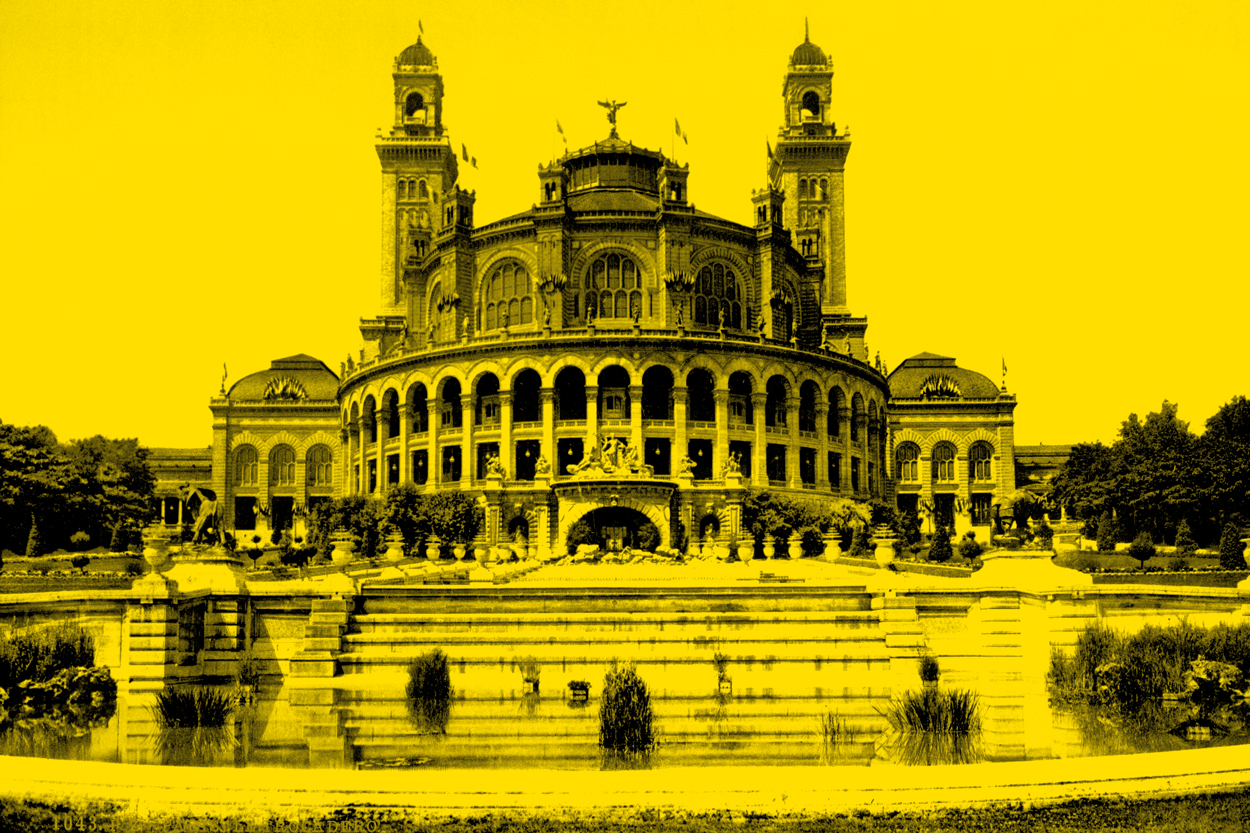
Where do the Mucem’s collections come from?
The heir to the National Museum of Popular Arts and Traditions, the MuCEM is a Mediterranean and European societal museum. The collections’ inventory began in 1881, first at the Ethnographic Museum at the Trocadero. In 1937, the newly created National Museum of Popular Arts and Traditions continued to expand its French national heritage collections. Intellectual projects, collection surveys and even archaeological digs were carried out by the museum over the course of more than 60 years. The preserved collections were the fruit of that stock-taking and of that research and collection work.
As a result, the MnATP’s collection, preserved and promoted by the Mucem, came from every region of France. The European collection from the Museum of Man, on loan with the Mucem beginning in 2005, marked the collections’ expansion on a European scale. The collections of the Museum of Man represented the entire continent of Europe. As from the early 2000s, the Mucem’s teams have also spent the last 10+ years focused on acquisitions from the Mediterranean area, to help expand the museum’s field of expertise and open it up to geographic areas that had previously been under-represented.
By Marie-Charlotte Calafat, Assistant in the collections and document resource department at the Mucem’s Centre for conservation and resources